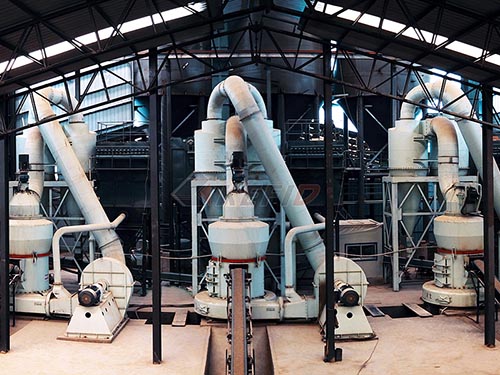Beyond Static Diagrams: How VSI Crusher Animations Bring Crushing Dynamics to Life
Understanding the intricate internal workings of a Vertical Shaft Impact (VSI) crusher can be challenging through static diagrams or even physical observation alone. The high-speed rotation, violent particle collisions, and complex material flow paths happen in a fraction of a second within an enclosed chamber. This is where VSI Crusher Animations become an indispensable tool for education, design validation, marketing, and operational optimization.
Visualizing the Invisible Power
At its core, a VSI crusher accelerates rock particles centrifugally using a high-speed rotor equipped with wear-resistant tips (shoes/anvils). These particles collide either with the crushing chamber walls (rock-on-rock crushing), with stationary anvils surrounding the rotor periphery (rock-on-anvil crushing), or with other particles cascading within the chamber itself (inter-particle crushing). The resulting impact fractures the rock into finer aggregate shapes prized for construction applications like concrete and asphalt.
An effective VSI crusher animation brings these fundamental principles vividly to life:
1. Rotor Dynamics: Animations clearly depict the rotor’s high rotational speed (often exceeding 50 meters per second tip speed). Viewers see how feed material enters the center of the spinning rotor and is instantly flung outward with tremendous kinetic energy.
2. Impact Mechanisms: Crucially, animations illustrate how impact occurs:
Rock-on-Rock: Particles flung from the rotor collide directly with a bed of previously fed material lining the outer chamber walls.

Rock-on-Anvil: Particles strike strategically placed stationary anvils surrounding the rotor path.
Cascade Feeding: Shows how material continuously fed into the rotor creates an internal cascade zone where particles collide with each other mid-air before impacting walls or anvils.
3. Material Flow & Gradation Control: Sophisticated animations demonstrate how adjustable features work:
Feed Rate & Cascade Control: Visualizing how feed rate influences cascade thickness and thus impacts inter-particle crushing efficiency.
Rotor Speed: Showing how increasing/decreasing rotor speed directly affects particle velocity and impact energy.

Adjustable Anvils/Cascades: Demonstrating how moving anvils closer or further from the rotor path alters particle trajectory and impact angle for different product gradations.
4. Wear Part Function & Interaction: Animations highlight where critical wear parts (rotor tips/shoes,

Leave a Reply